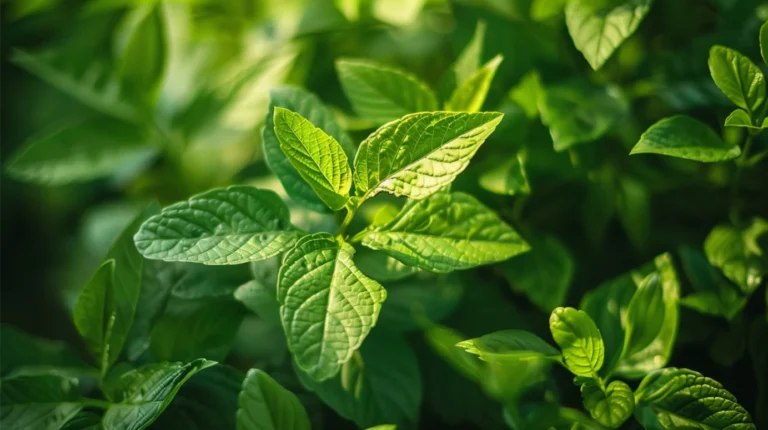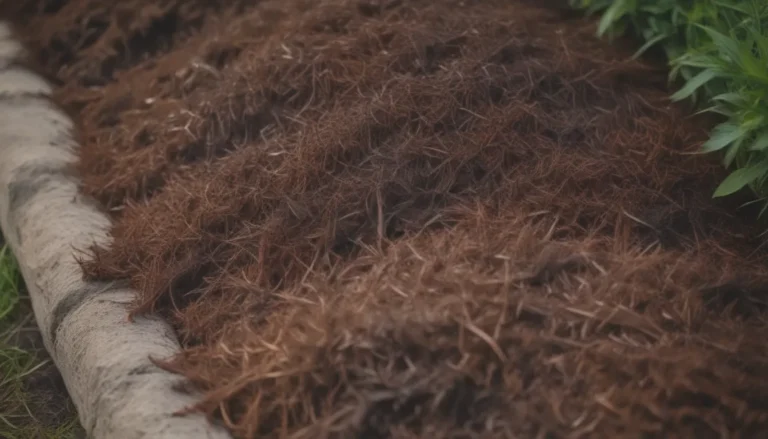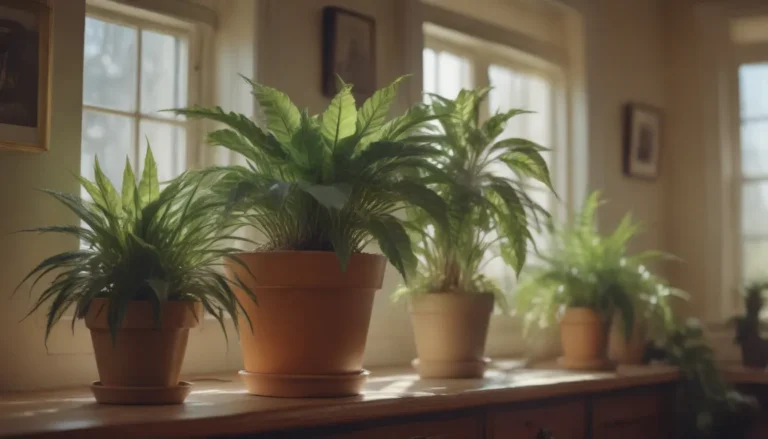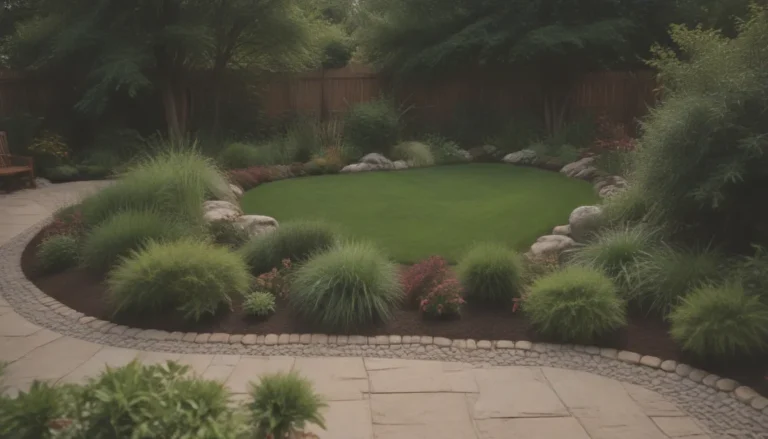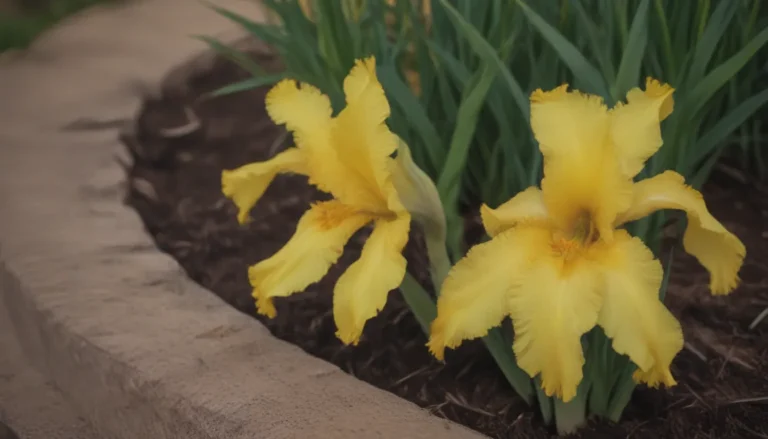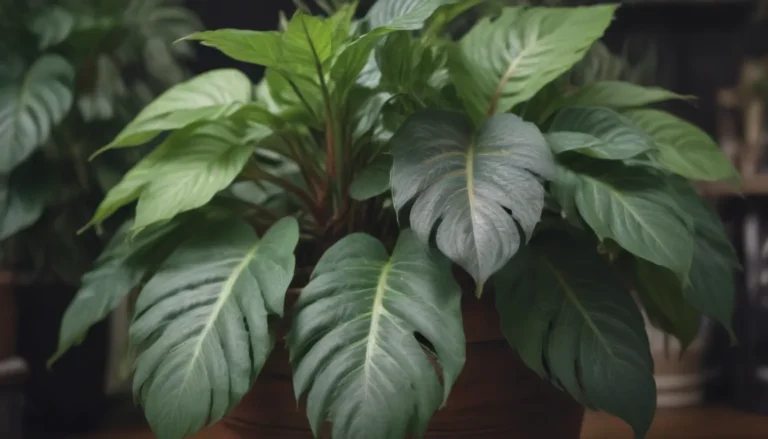The Ultimate Guide to Allergy-Friendly Gardening: A Comprehensive List of Plants to Avoid for Allergy Sufferers
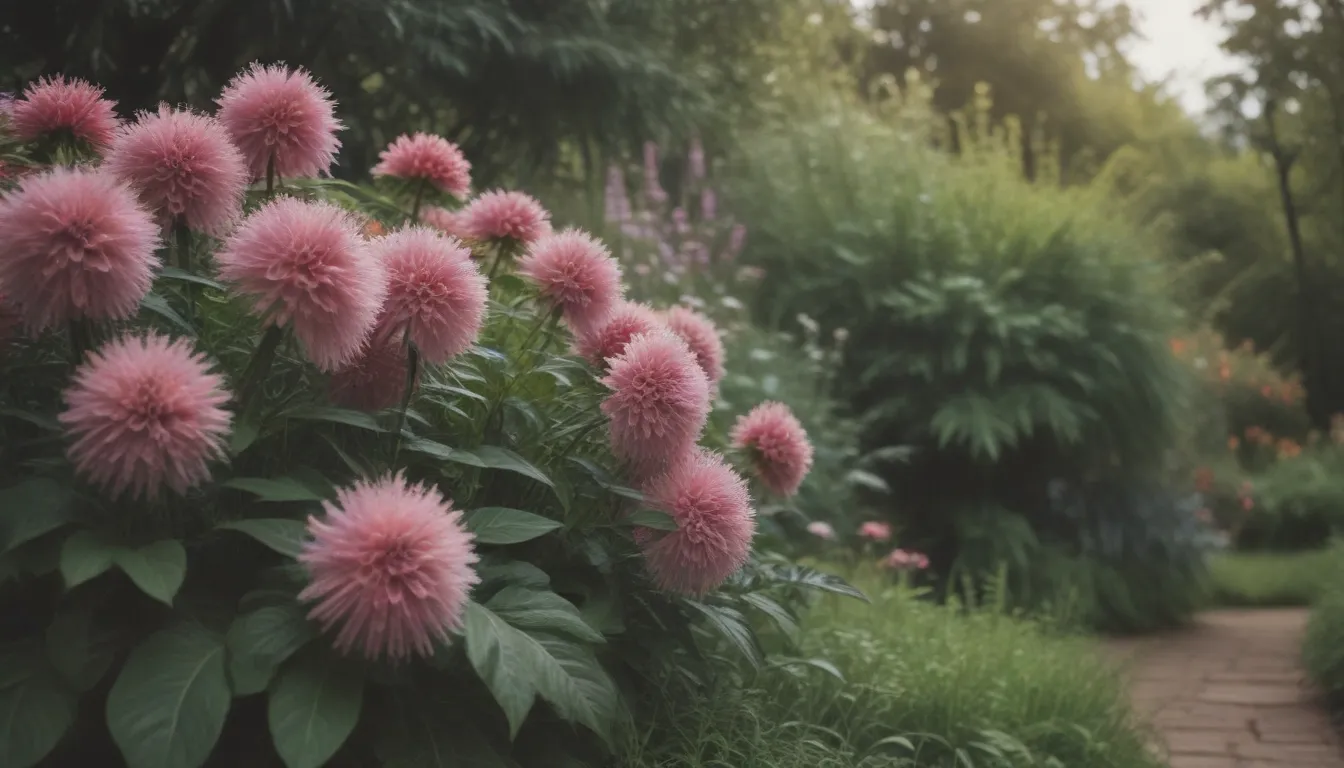
Are you a gardening enthusiast but find yourself constantly sneezing and sniffling while tending to your flowers? If so, you might be allergic to certain types of pollen commonly found in garden plants. But fear not, as we’re here to provide you with a comprehensive list of the 12 worst flowers for people with allergies.
Understanding Pollen-Producing Plants
Before we dive into the list of allergy-inducing flowers, let’s understand why certain plants trigger allergies more than others. The plants that tend to be the worst for allergy sufferers are often part of the Asteraceae family. These flowers have light, dusty pollen that is easily transported by the wind, making them more likely to cause allergy symptoms than plants primarily pollinated by bees and other insects.
The Top 12 Worst Flowers for Allergy Sufferers
Here are 12 common garden plants you should steer clear of if you have pollen allergies:
- Asters: Flowers in the Aster family, including many species from the Aster genus, are known for their high pollen count, making them a common trigger for allergies.
- Baby’s Breath: Despite its delicate appearance, baby’s breath (Gypsophila spp.) can pack a big pollen punch, especially the single-flowered variety.
- Dahlias: Showy dahlias may attract insect pollinators, but as members of the Aster family, they also contain high levels of pollen. Look for formal double hybrids with little to no pollen.
- Daisies: Pristine daisies may seem innocent, but they are distant cousins to ragweed and can be high pollen producers, mostly transferred by bees.
- Gerber Daisies: The flashy Gerber daisy is another high-pollen flower that can trigger allergies in sensitive individuals.
- Chamomile: Chamomile, a member of the Aster family, is not only a pollen producer but can also cause irritation through its tea.
- Chrysanthemums: These fall favorites from the Aster family are known for their allergy-inducing pollen that can extend the allergy season well into autumn.
- Ragweed: A weedy plant often growing alongside roads and in vacant lots, ragweed from the Aster family is a common allergen due to its wind-pollinated flowers.
- Sunflowers: The large center disc of sunflowers indicates copious amounts of pollen that can be dispersed by the wind. Look for pollen-free varieties for a hypoallergenic option.
- Amaranth: Amaranths, known as pigweed, are wind-pollinated plants that produce ultra-fine pollen particles that can easily drift on the breeze.
- Ornamental Grasses: Many ornamental grass species favored by gardeners are wind-pollinated, making them problematic for allergy sufferers.
- English Lavender: While loved for its scent, English lavender can trigger allergies with both its pollen and fragrance, especially for those sensitive to nasal allergies.
Other Allergy-Triggering Plants to Avoid
In addition to flowers, several common trees, shrubs, grasses, and weeds can worsen allergies, including:
- Tooth-leaved Ragweed: This plant carries a significant amount of pollen and is problematic for most allergy sufferers.
- Lilies, Hydrangeas, and Roses: Fortunately, there are many flowers that are not allergenic, including these popular choices.
- Allergy-Friendly Plants: For those looking for allergy-friendly options, consider lilies, hydrangeas, roses, hibiscus, geraniums, impatiens, and hostas.
Tips for Allergy-Friendly Gardening
If you suffer from pollen allergies but still want to enjoy gardening, here are some tips to make your gardening experience more enjoyable and allergy-friendly:
- Plant hybridized varieties: Opt for hybridized plants with lower levels of problematic pollen, such as double-flowered baby’s breath and formal double dahlias.
- Choose non-pollen-producing plants: Look for alternatives like lilies, hydrangeas, roses, hibiscus, geraniums, impatiens, and hostas that are less likely to trigger allergies.
- Wear protective gear: When gardening, wear a mask, gloves, and long sleeves to minimize exposure to pollen.
- Avoid planting wind-pollinated species: Steer clear of plants that are primarily wind-pollinated, as they are more likely to cause allergy symptoms.
- Keep your garden clean: Regularly clean up fallen leaves, flowers, and debris to reduce pollen levels in your garden.
- Consult an allergist: If you’re unsure which plants trigger your allergies, consult an allergist for testing to identify your specific triggers.
Conclusion
While gardening can be a therapeutic and enjoyable hobby, it’s essential to be mindful of the plants you choose if you suffer from pollen allergies. By avoiding the worst flowers for allergy sufferers and opting for allergy-friendly alternatives, you can still enjoy a beautiful and vibrant garden without the irritating allergy symptoms. Remember, with a little knowledge and planning, you can create an allergy-friendly garden that works for you.
